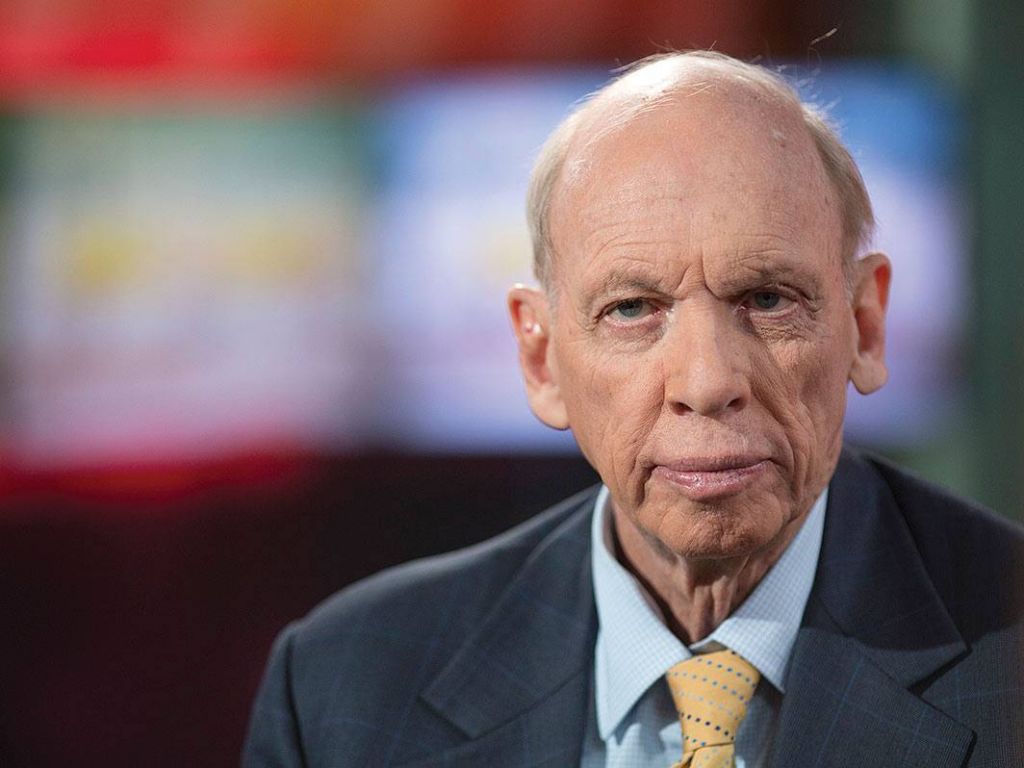Geopolitical and political forces and a pending Federal Reserve interest rate increase are fueling wild market fluctuations, portending 2015 to be a more volatile year than 2012-2014.
Financial markets got off to a difficult start for the year. As I write in my weekly commentary, equities have been experiencing severe bouts of volatility, with the VIX Index reaching a one-month high of nearly 23 last week. Investor nervousness also hit bond markets. While many commentators blamed the volatility on tumbling oil prices, I point my finger to lingering geopolitical and political tensions and a pending Federal Reserve interest rate increase.
Fractious politics in Greece again made the world feel uneasy about the country’s fiscal future and chipped away from the irrevocability of the eurozone. Investor concerns are also focused on Russia, which is reeling from the oil-price decline and economic sanctions.
Although these risks are not new, they are taking on a greater urgency given investors are facing the first tightening by the Fed since 2006. With the U.S. economy on solid footing, we think the Fed should start to move sooner rather than later, possibly by June. More evidence to support that came from December’s labor market report. While wage growth unexpectedly fell and the participation rate is still stuck at a multidecade low, job creation continues to accelerate and previous numbers were revised upward.
With U.S. monetary conditions likely to normalize, one thing is certain: expect markets to be more volatile this year compared to 2012-2014. What does that mean to your investments? Strategies that thrive in “low vol” environments––notably momentum––may struggle this year, so it makes sense to take a look at more value and quality names. Bonds in the middle of the curve (two to five years) are most vulnerable to a rate hike, hence consider being more tactical within the fixed income space. A barbell strategy emphasizing long-dated bonds balanced against very short-duration securities offers a good option. We also like tax-exempt bonds at the very long-end of the curve.
Source: Bloomberg.
Russ Koesterich, CFA, is the Chief Investment Strategist for BlackRock. He is a regular contributor to The Blog and you can find more of his posts here.
This material represents an assessment of the market environment at a specific time and is not intended to be a forecast of future events or a guarantee of future results. This information should not be relied upon by the reader as research or investment advice regarding the funds or any security in particular.
The strategies discussed are strictly for illustrative and educational purposes and should not be construed as a recommendation to purchase or sell, or an offer to sell or a solicitation of an offer to buy any security. There is no guarantee that any strategies discussed will be effective. The information presented does not take into consideration commissions, tax implications, or other transaction costs, which may significantly affect the economic consequences of a given strategy or investment decision.
Fixed income risks include interest-rate and credit risk. Typically, when interest rates rise, there is a corresponding decline in bond values. Credit risk refers to the possibility that the bond issuer will not be able to make principal and interest payments. International investing involves risks, including risks related to foreign currency, limited liquidity, less government regulation and the possibility of substantial volatility due to adverse political, economic or other developments. These risks often are heightened for investments in emerging/developing markets and in concentrations of single countries.
©2015 BlackRock, Inc. All rights reserved. iSHARES and BLACKROCK are registered trademarks of BlackRock, Inc., or its subsidiaries. All other marks are the property of their respective owners.
iS-14410















